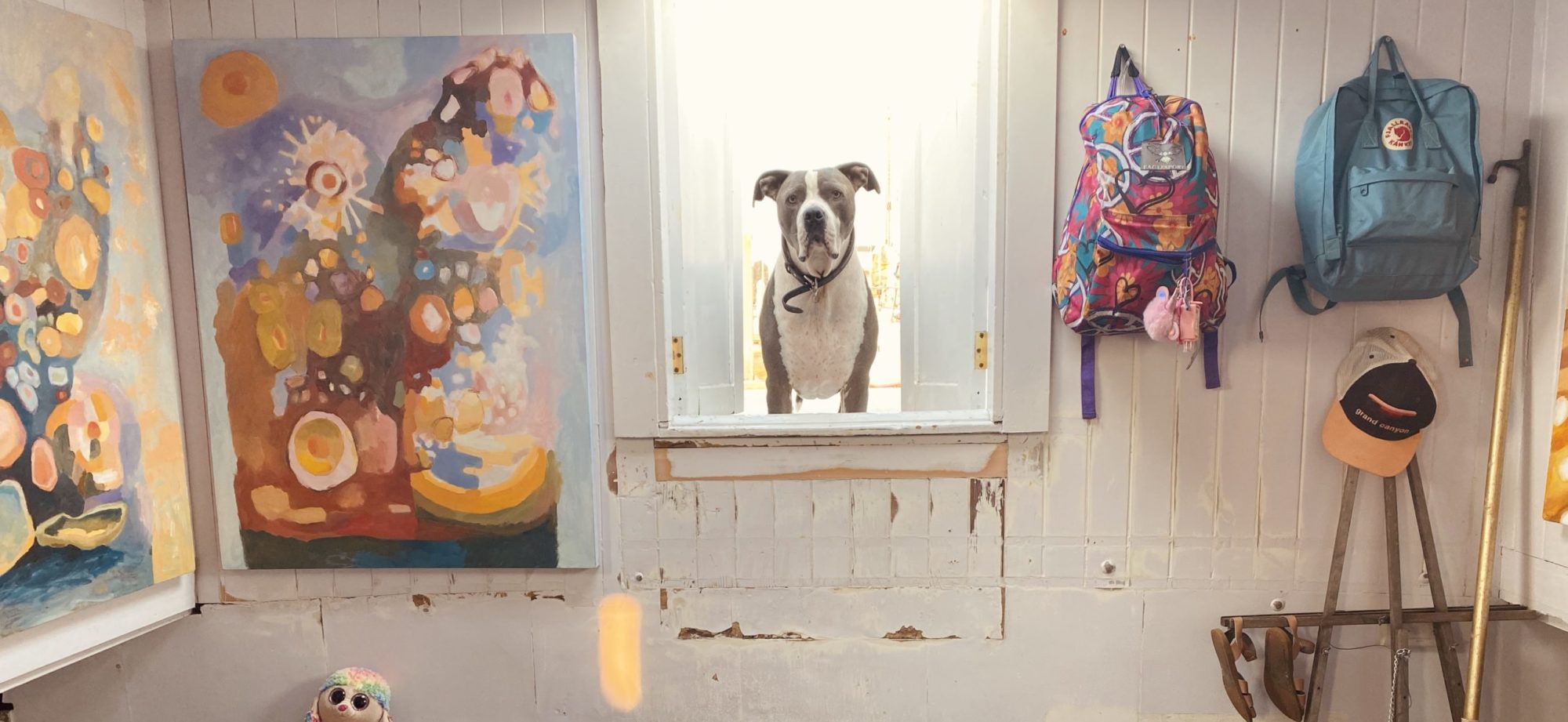On the drive home, as the kids fought over who would hold the chicken box on his lap, I began to doubt the success of the kids with the chicks. I figured it was a good idea I’d arbitrarily chose three versus two chicks: one would certainly meet its fate under one of the boys, and being left with two chicks is far better than being left with one.
But I may be wrong. In fact, the prognosis is GOOD. I watched them with a smile all day long, as they gently trod around the garden, the chicks weaving in and out of their footpath. They encouraged us outdoors the entire day, and I found time to rearrange the rosemary and trim the papyrus, harvest parsley bolts and this and that. Ford mentioned “I never knew there were SO MANY BUGS in our yard!” because the chicks: they never stopped harvesting them, too.
Ford is, to my surprise, the new mother hen. And he’s a natural. To watch him cradle the chicks, or sprawl across the grass while the chicks scramble over him, for hours at a time, and compare this sight to the same child in a playdate full of little boys: one would never suspect the two images belonged to the one Ford. But it’s true. He’s come into his new role with all the fever of a new mother. Periodically, I’d have to come outside and feed him a yogurt or a half-sandwich because he was so preoccupied with shepherding the chicks.
But, as it turns out, they follow Ford everywhere; there’s no need to chase them down. They believe that Ford is the mama hen and will run up to his feet, peep imploringly with pinched eyes, and all he has to do is pick them up before they drop their heads on a thumb and fall asleep. Ford looked up at me after his pullet, Abby, fell asleep this way. He had reddish purple circles under his eyes, his face flush with afternoon sweat, dry grass dangling from his knees. “Don’t you just love the baby chicks? I’m not going to let anything happen to them.”
He is drinking water from a glass right now, pausing after each sip to raise his chin to the ceiling and gulp it down, just as he’s seen the chicks do when they drink from their shiny metal tray. He licks his lips and smiles, and I wink back. As I read him a new book at bedtime, he reaches over and pecks at my arm with his fingers. He’s just so impressed with his new brood. For fun, I paint little glittery dots on his finger- and toenails, and we’ll wait to see how the chicks respond tomorrow. But the young Mama Hen needs to go to sleep. And so do I. Tomorrow we build the coop!



